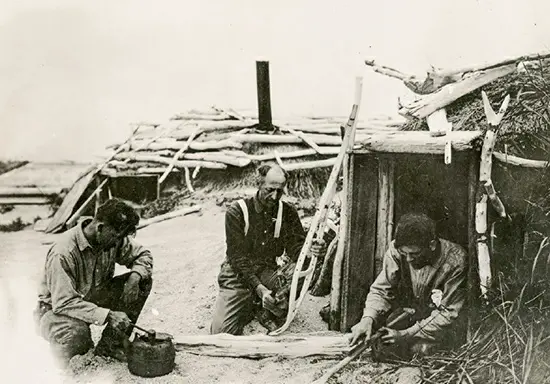The colossal 1912 volcanic eruption in the Katmai region of Alaska, a part of the volatile Pacific Ocean’s “Ring of Fire,” captured the attention of American botanist Robert Fiske Griggs. This eruption, one of the largest of the 20th century, propelled Griggs to embark on a series of exploratory expeditions to Katmai, funded by the National Geographic Society, starting in 1915. His goal was to study the impact of the eruption on the local ecosystem.
Griggs’ journey led to significant discoveries, including the Valley of Ten Thousand Smokes, named for its numerous steam-venting fumaroles created by the eruption’s ash deposits. In a groundbreaking revelation during his 1916 expedition, Griggs identified Novarupta as the true source of the 1912 eruption, not Mount Katmai as initially thought.
The profound impact of Griggs’ explorations, highlighted in his National Geographic articles, spurred a movement to protect the unique landscape of Katmai and Novarupta. This led to the establishment of Katmai National Monument in 1918 and its expansion to Katmai National Park in 1980, ensuring the preservation of this remarkable volcanic region.

